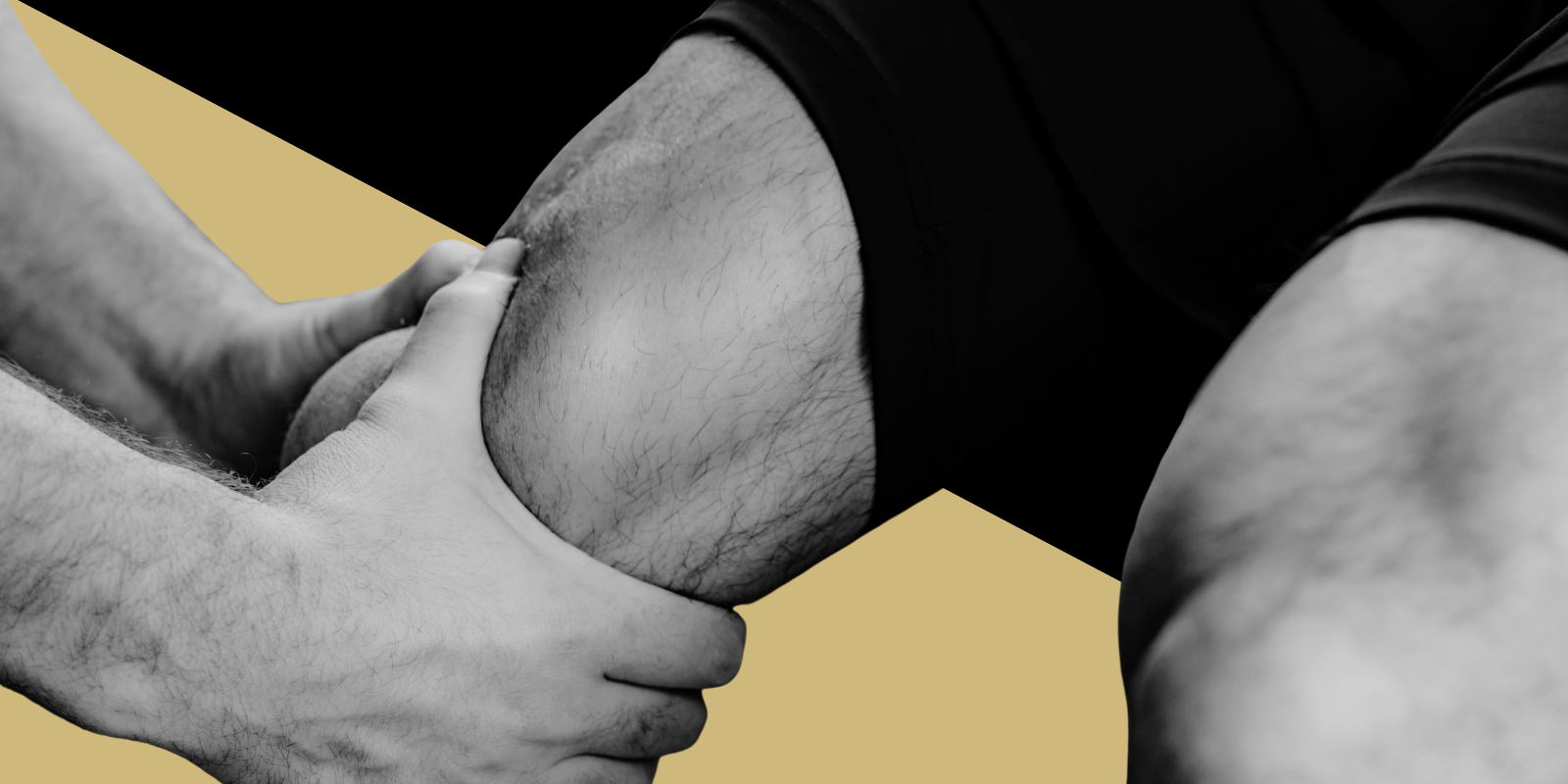Three out of 10 hospitalized patients surveyed at two major Colorado hospitals said they were experiencing homelessness or some other form of housing insecurity. The rate of homelessness among hospital patients was found to be more than 20 times higher than that of the general metro Denver population, according to a new study by a University of Colorado School of Medicine faculty member and her colleagues.
The survey also found “high rates of comorbid conditions” – other diseases or medical problems besides the one that sent a patient to the hospital – among people experiencing homelessness or housing insecurity, such as physical disability, mental health concerns, and substance use, as well as frequent past hospitalizations. And these patients often live on the street or in cars, making it harder for them to stay healthy once they leave the hospital.
All this points to “a high level of medical complexity and vulnerability in this population,” the study says.
Neelam Mistry, MD, an assistant professor in the Division of Hospital Medicine of the CU Department of Medicine, was lead author of the study, which was published in the Journal of Hospital Medicine. Several of her Division of Hospital Medicine colleagues contributed.
No fridge; no sink
Even as a doctor who frequently encounters patients experiencing homelessness in her hospital duties, Mistry says she “was surprised” by the high numbers the survey revealed.
Much of the conversation about people experiencing homelessness in hospitals has focused on heavy use of emergency rooms as their main source of health care. Mistry says the prevalence of homelessness and housing insecurity among hospitalized patients in general has not been well studied, largely because hospitals in general lack a standardized way to capture housing-status information across their units.
“There are just so many factors tied into a patient not having a home,” she says. “We can take good care of them in the hospital, but we always have to think about having good discharge plans. What about someone who doesn’t have access to a fridge to store their insulin? What can we do to maximize their non-insulin medication so they have pills instead of insulin? What about wound care? You can’t just say, do your wound care at home and wash your hands. So what’s the best way we can send them out with supplies and get rides for them so they can come to the wound care clinic?”
A ‘point-in-time’ survey
For the study, an in-person, “point-in-time” survey was conducted of patients hospitalized in various medical and surgical units at both UCHealth University of Colorado Hospital (UCH) on the CU Anschutz Medical Campus in Aurora, Colorado, and at Denver Health Medical Center in central Denver. The two hospitals were chosen to reflect different patient characteristics, with UCH being an advanced-level referral center and Denver Health an urban safety-net hospital.
The survey was conducted on Jan. 24, 2022, the same day that a larger, community-wide survey of homelessness, led by the Metro Denver Homeless Initiative, was underway across metro Denver.
In the hospital survey of 271 patients, 79 (29.2%) reported experiencing either housing insecurity (17.3%) or homelessness (11.8%). Among those 79 patients, 69.6% reported chronic health conditions, 55.7% reported multiple hospitalizations in the preceding year, 38% reported mental health concerns, and 39.2% reported substance use.
The level of homelessness was found to be higher among Denver Health patients surveyed (20.2%); the rate at UCH was 6.2%.
A critical need
Of the patients experiencing homelessness, more than half said they had been sleeping outside (34.4%) or in a vehicle (18.8%) before admission rather than using a shelter, the survey showed. And more than half of those reporting housing insecurity said they had experienced homelessness in the past.
The study concludes: “There is a critical need for further research to understand causal relationships that drive increased prevalence of homelessness in hospitalized patients as well as investment in proven interventions to address health inequities.”
Mistry tells of a patient experiencing homelessness who had a history of intravenous (IV) drug abuse. “He had a bloodstream infection that led to endocarditis, an infection on the heart valves, and had already gotten a valve replaced, but due to his housing status and the people he was around, he got back into using drugs, had recurrent endocarditis requiring repeat valve replacement, and the surgical team declined to place another valve because the risk of surgery with ongoing substance use was too high” with ongoing IV drug use.
“It took the team weeks to work on his housing status and get him into some substance-use treatment. And finally, they were able to replace that heart valve. That story speaks volumes about just how much of your life is tied to your housing status.”
More resources needed
There are resources on the CU Anschutz Medical Campus to help patients experiencing homelessness, Mistry says. “We have an excellent Housing Transitions Team of social workers who help patients get into housing. We also have access to some respite beds where we can send patients for a short period of time, so that they can recover from their acute illness.”
However, the problem is daunting, she says, especially when other conditions are involved. “There are a lot of physical disabilities, meaning they require durable medical equipment, like a cane, a walker, or a wheelchair. And a lot of times those get lost or stolen when patients are on the street. We do have a charity closet at the university, but it’s not unlimited.”
The shortage of previous research was a big factor in deciding to do this study, Mistry says. “You need to have some numbers to show how grave the problem is. We need more resources to help alleviate some of the hardships this population faces.”




